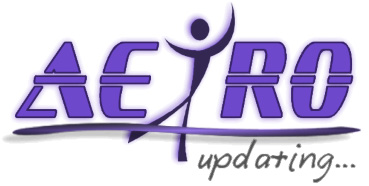Maximum Marks: 100
Semester Examination: 70
Internal Assessment: 30
Contents:
UNIT–I:
Nature, Scope, Significance and process of Strategic Management; Business Strategy; Different forms of strategy; strategy and tactics; Competitive advantages as focal point of strategy; strategic Intent; Dimensions of Strategic Decisions; Corporate level and business level Strategists and their role in Strategic Management.
UNIT–II:
External Environmental Analysis; the general environment and the competitive environment; processes for analyzing the external environment; Internal environmental analysis, Resource-Based view of the firm; developing the company profile-value chain framework; Methods for assessing internal strengths and weakness; SWOT Analysis.
UNIT–III:
Corporate level Strategies, Expansion Strategies; Retrenchment Strategies; Generic Business level Strategies; Strategic analysis and choice; BCG Matrix; GE-Nine Cell Matrix; Grand Strategy Selection Matrix; Model of Grand Strategy Clusters.
UNIT–IV:
Strategy Implementation- 7S Frame work for understanding implementation issues; Organizational Learning; Structures for Strategies, Organizational Leadership, Corporate culture. Strategic Evaluation and Control.
Suggested Readings:
1. Dess and Miller, “Strategic Management” Tata Mcgraw Hill, New Delhi;
2. Kazmi,A. “Business policy and strategic Management” Tata McGraw Hill, New Delhi ;
3. Budhiraja, S.B. and Athreya, M.B “Cases in Strategic Management,” New Delhi Tata Mcgraw Hill, New Delhi.
4. Thomson and Strickland, “Strategic Management” McGraw Hill international Editions (1999).
5. Hax,A,C and Majlut, N.S. “Strategic Management”. Englewood Cliffs, New Jersey, Prentice Hall Inc. 1984.
6. Hamel, G and Prahlad, C.K, “Competing for the future. Boston, Harvard business School press, 1944.
7. John Pearce II and Richard Robinson, “Strategic Management” McGraw Hill Companies.
Download PDF:
{filelink=36}



